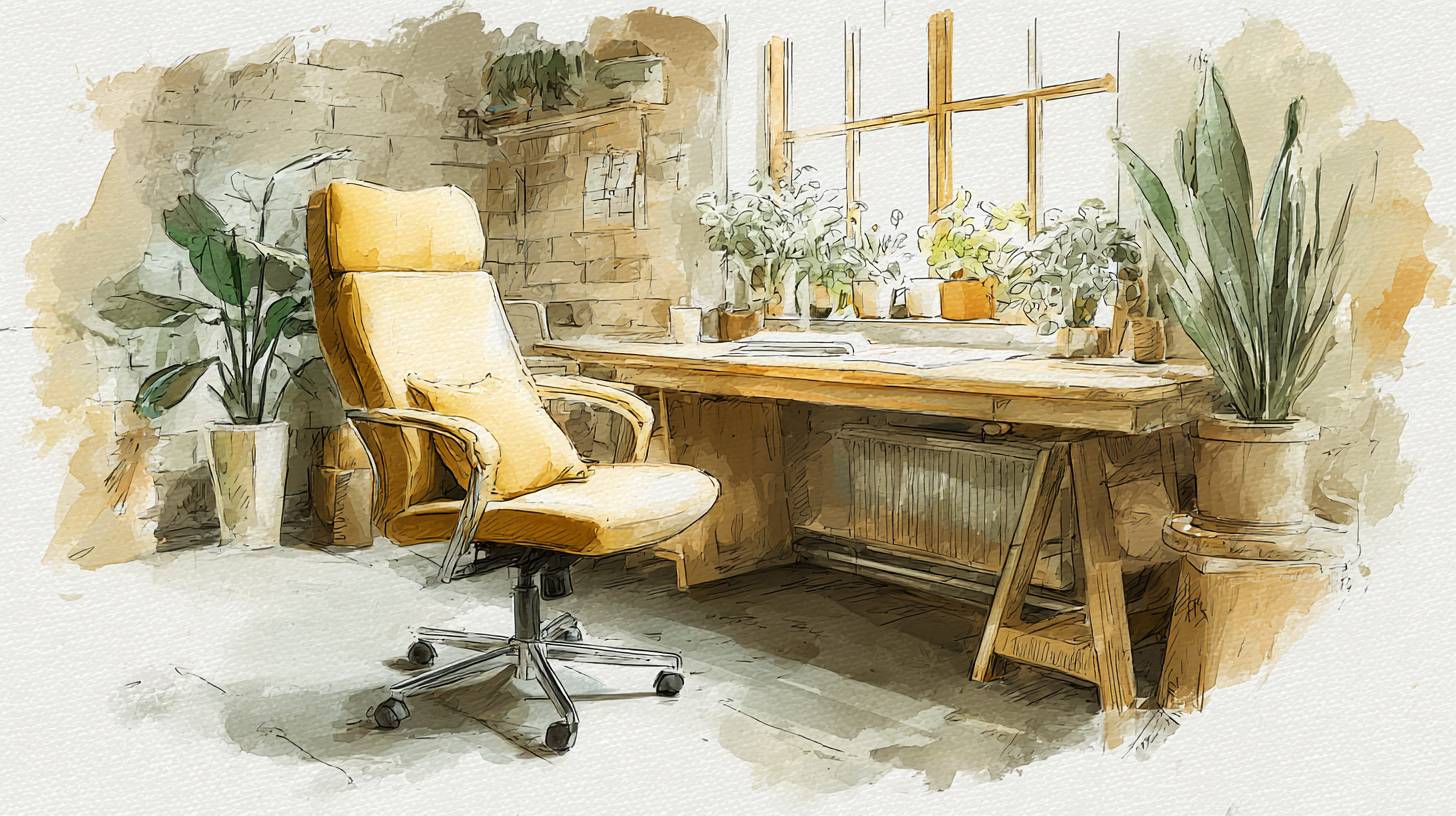
Best Ergonomic Office Chairs for Long Hours at the Desk (2025 Guide)
Discover the top ergonomic office chairs for ultimate comfort during long hours at your desk. Boost your productivity an...
The Roman Gladius was the primary weapon of the Roman Legionary and was used in conjunction with the 'Scutum' (shield) and 'Pilum' (spear). Its design was strongly influenced by the swords used by the Iberian (Spanish) Celts. It was predominantly designed as a thrusting weapon and ...The Roman Gladius was the primary weapon of the Roman Legionary and was used in conjunction with the 'Scutum' (shield) and 'Pilum' (spear).
Its design was strongly influenced by the swords used by the Iberian (Spanish) Celts. It was predominantly designed as a thrusting weapon and was in use in one form or another from the 4th Century BC to the 3rd Century AD. The Pompeii Gladius takes its name from the archaeological site in Italy where, during excavations, 4 such swords were found.
The swords are dated to before 79AD - the year that Pompeii was buried in volcanic ash. The Pompeii Gladius, along with the earlier Mainz Pattern Gladius, would have been issued to the garrison at Hadrian's Wall. Russell Robinson's book "What The Soldiers Wore On Hadrian's Wall'".
The Pompeii Gladius features a turned wood pommel and bone grip. The straight blade is hand forged from steel and in housed in a wooden scabbard with red leather covering and decorated brass fittings. This replica sword is not designed or recommended for contact reenactment (fighting) but is favoured by living history enthusiasts.
Discover more insights and guides in this category

Discover the top ergonomic office chairs for ultimate comfort during long hours at your desk. Boost your productivity an...

Discover the best noise-cancelling headphones that enhance focus and comfort for work and travel. Elevate your listening...

Discover the must-have kitchen gadgets for every home cook in 2025. Elevate your culinary skills and simplify meal prep ...